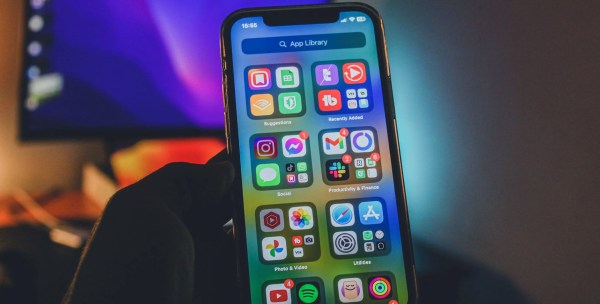What is an app?
The term app is a shortening of the English word application, a programme that is installed on a mobile device and which is integrated into its features.
Applications allow instant access to content without the need to make use of Internet search engines, generally allowing access to them without a connection to the network.
Unlike webapps, which we will see later, mobile applications require installation on the operating system of the corresponding device.
Origin and history of apps
Although the term app became popular in 2008 with the emergence of the Apple App Store and Google Play Store, applications appeared on mobile devices as early as the 1990s.
But what is the origin of apps? Experts place it in 1994 when Tetris (incidentally, the best-selling video game in history, born in 1984) was installed on the Danish mobile phone Hagenuk MT-2000.
Another video game, in this case an arcade game, is also at the origin of what was the most popular application of the 1990s.
Few people could have imagined in 1976 that the video game Blockade (and its subsequent evolutions) would end up in a certain way deriving in the extremely popular Snake, from 1997, a game of very high use in those years as it came pre-installed in Nokia mobile phones.
In the 1990s, applications of a different nature, not only for leisure, such as diaries or calendars, also began to spread.
Although today there are numerous applications of all kinds, part of the development of apps in the 1990s was driven by technological advances for certain work environments.
Turning point at the turn of the century
After the apps took off in the 1990s, 1999 saw the emergence of the Wireless Application Protocol (WAP), a standard for accessing information via a mobile wireless network.
WAP connections were responsible for the development of the first Internet actions on mobile phones, such as accessing e-mail, simply surfing the web or something that now sounds obsolete, such as downloading ringtones.
As mentioned above, the launch of the Apple App Store and the Google Play Store led to an explosion in the downloading and use of mobile applications.
How apps work
Published in app shops such as the ones mentioned above after being developed, users access them and can easily – with a single click – install them.
By using the resources of mobile devices such as the processor, memory or Internet connections, applications interact with the operating system by accessing hardware such as the camera or GPS, a technology that was developed thanks to the contributions of the actress and inventor Hedy Lamarr, in whose honour Inventor’s Day is commemorated on 9 November.
In this installation process, access to a number of data is requested, so it is necessary to pay attention to what is being accepted. Generally speaking, this usually refers to issues such as location, calendar information or similar.
It is also often advisable, when new versions are released, to update them to include these improvements, such as security patches to protect the devices and the information stored on them.
Native applications and web applications
What are native applications?
Native applications are those that are designed to work on a single mobile operating system, most of the current ones being those that are prepared for systems such as Android or iOS. That is to say: neither an Android application can be used on an iPhone nor vice versa.
The great advantage of this type of application is that the user experience is very good and the performance is high, and they can only be downloaded from the app shops and then installed.
What is a web app
Although throughout this article we have been talking about applications for mobile devices, there are also web applications. These web apps are software applications with a similar behaviour to mobile applications, but with the difference that they use web browsers for their execution.
Such applications redirect users to the corresponding URL, thus requiring a permanent Internet connection for the application to function properly.












